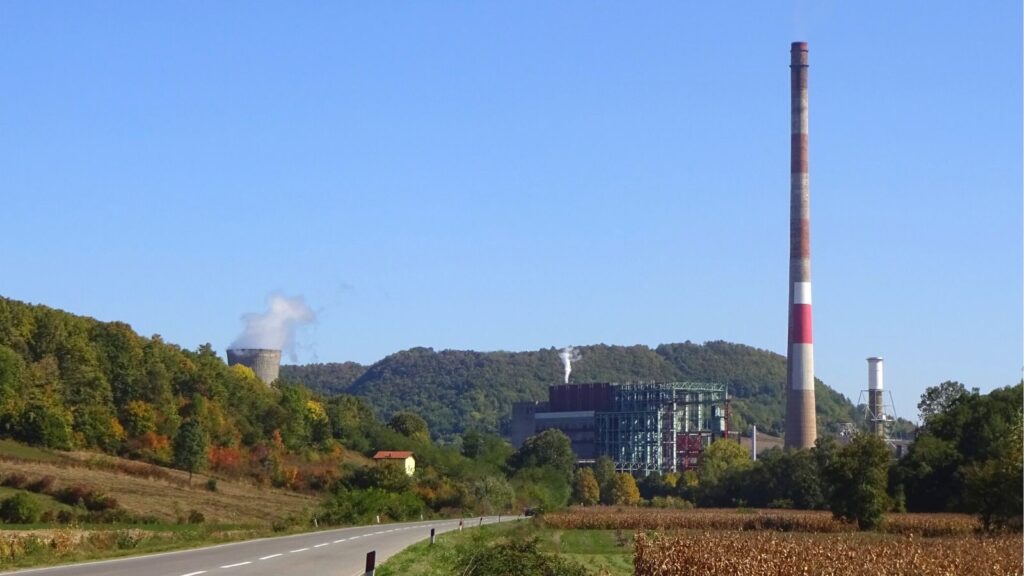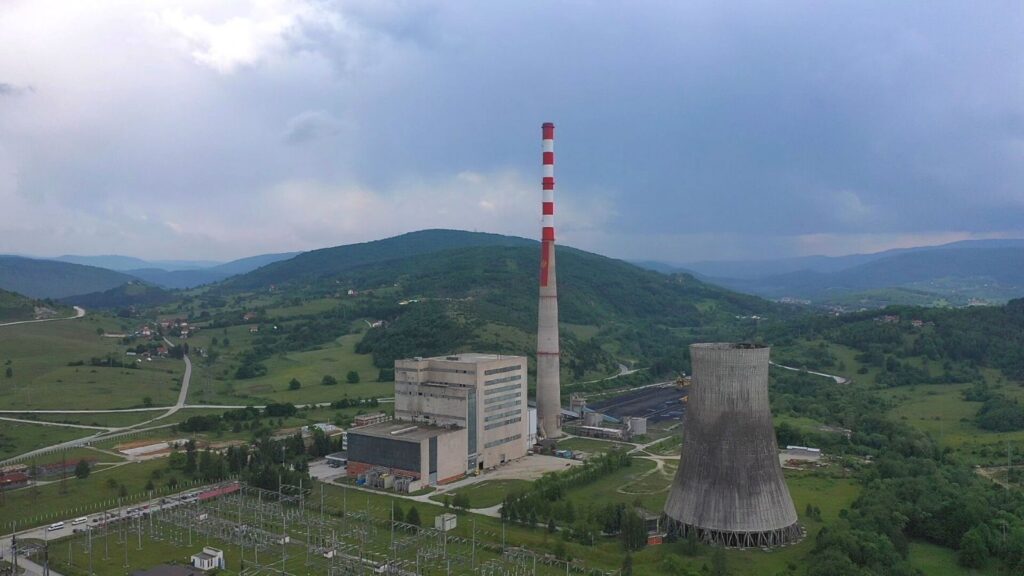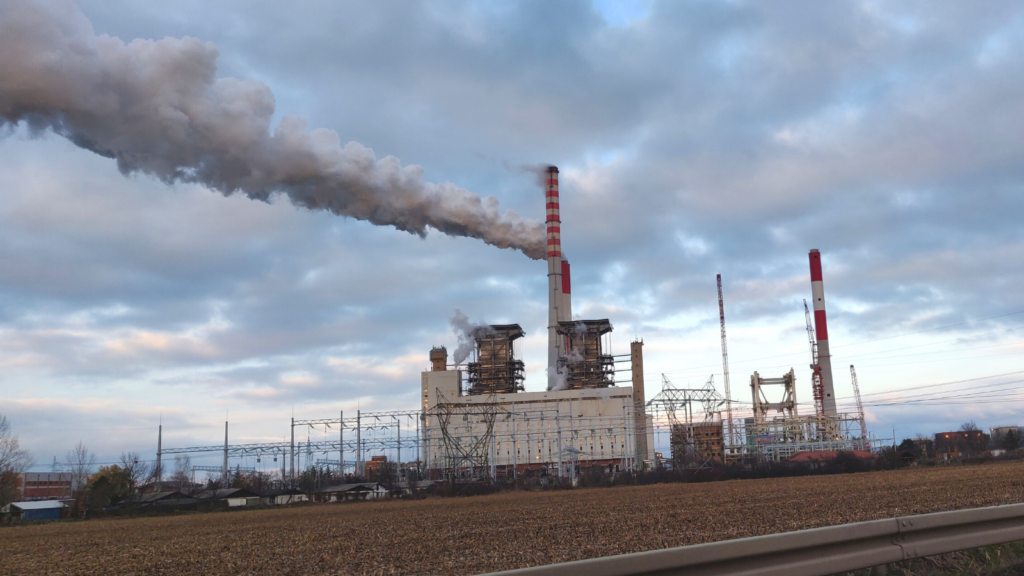From a grassroots to the international level …
We’re the largest network of grassroots, environmental and human rights groups in central and eastern Europe.
We monitor public finance institutions that are responsible for hundreds of billions of investments across the globe. The banks and funds we watch are often obscure but always important entities that function outside public scrutiny.
Together with local communities and other NGOs we work to expose their influence and provide a counterbalance to their unchecked power. We investigate the impacts of public finance, work with affected communities and local organisations across the world and help them protect their rights and livelihoods. We make sure their stories are being told in Europe’s power centers.
We regularly meet representatives of the institutions we monitor and we’re in Brussels, too, doing our bit to make Europe a fairer, cleaner and sustainable place.
Alternative news
We expose the risks of international public finance and bring critical updates from the ground.
We believe that the billions of public money should work for people and the environment.
CAMPAIGN AREAS
INSTITUTIONS WE MONITOR
OUR PROJECTS

Ugljevik power plant, Bosnia and Herzegovina
Commissioned in 1985, the 300 MW coal power plant in Ugljevik, Bosnia and Herzegovina, has become famous for emitting more sulphur dioxide than all of Germany’s coal power plants in 2019.
Read more
Pljevlja I power plant, Montenegro
The existing 225 MW Pljevlja thermal power plant in the north of Montenegro, near the borders with Serbia and Bosnia-Herzegovina, has been operating since 1982. The plant was originally planned to comprise two units but the second one was never built. The plant, along with the extensive use of coal and wood for heating, has caused unbearably bad air quality in the town.
Read more
Kostolac B power plant (B1, B2), Serbia
The Kostolac B power plant, consisting of 2 units of 350 MW each, first started operating in 1987. In 2023, the plant delivered 4445 GWh of electricity to the grid, nearly 20 per cent of the country’s coal-based generation.
Read more